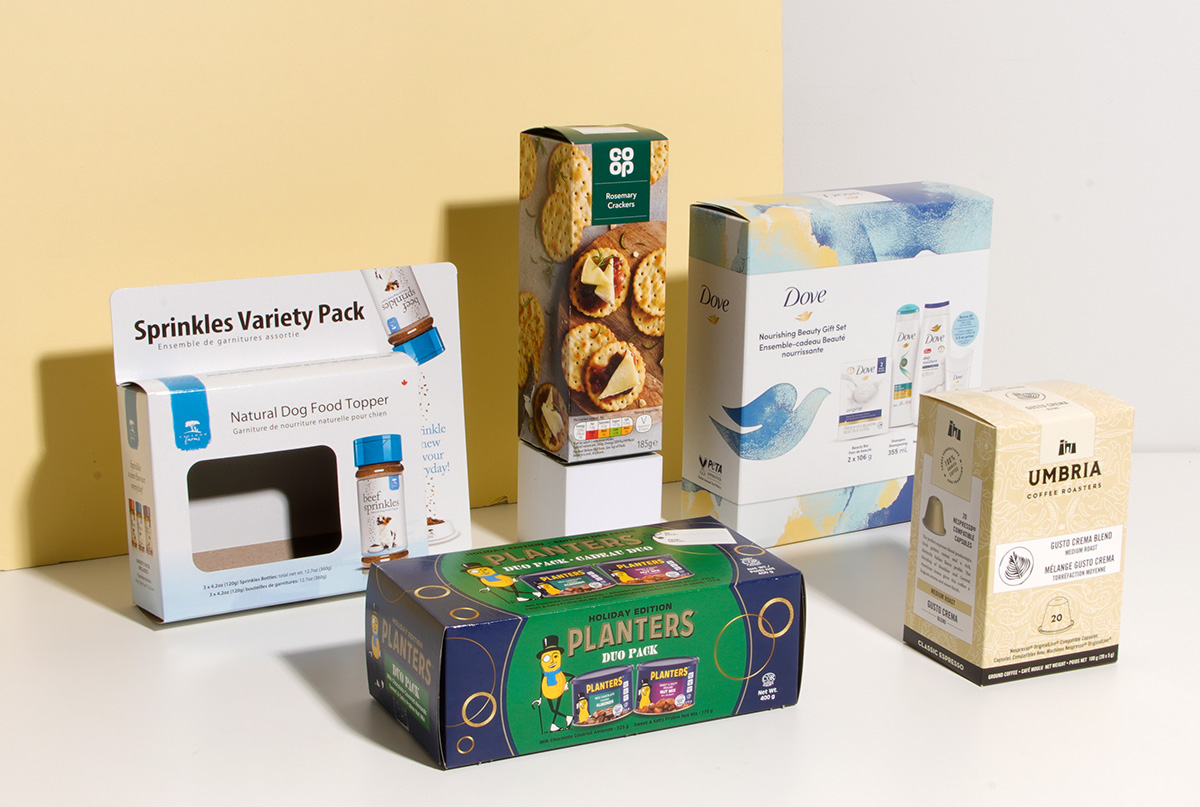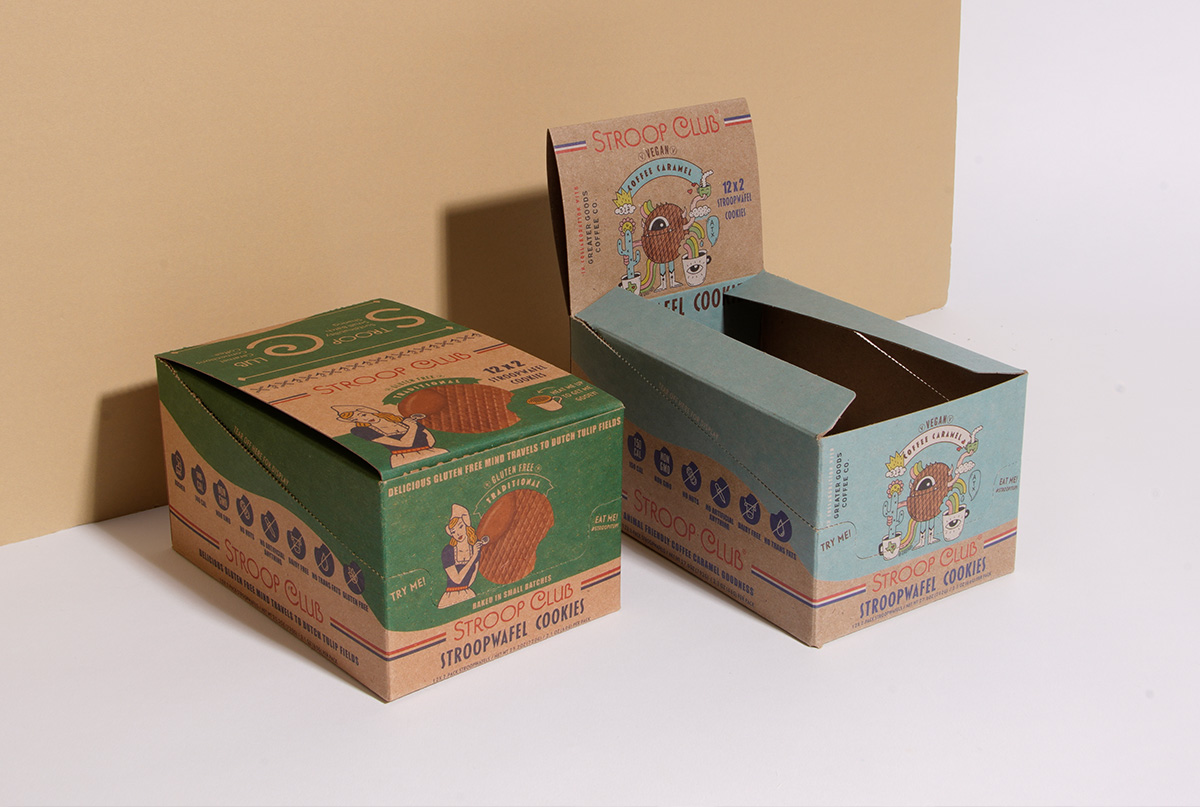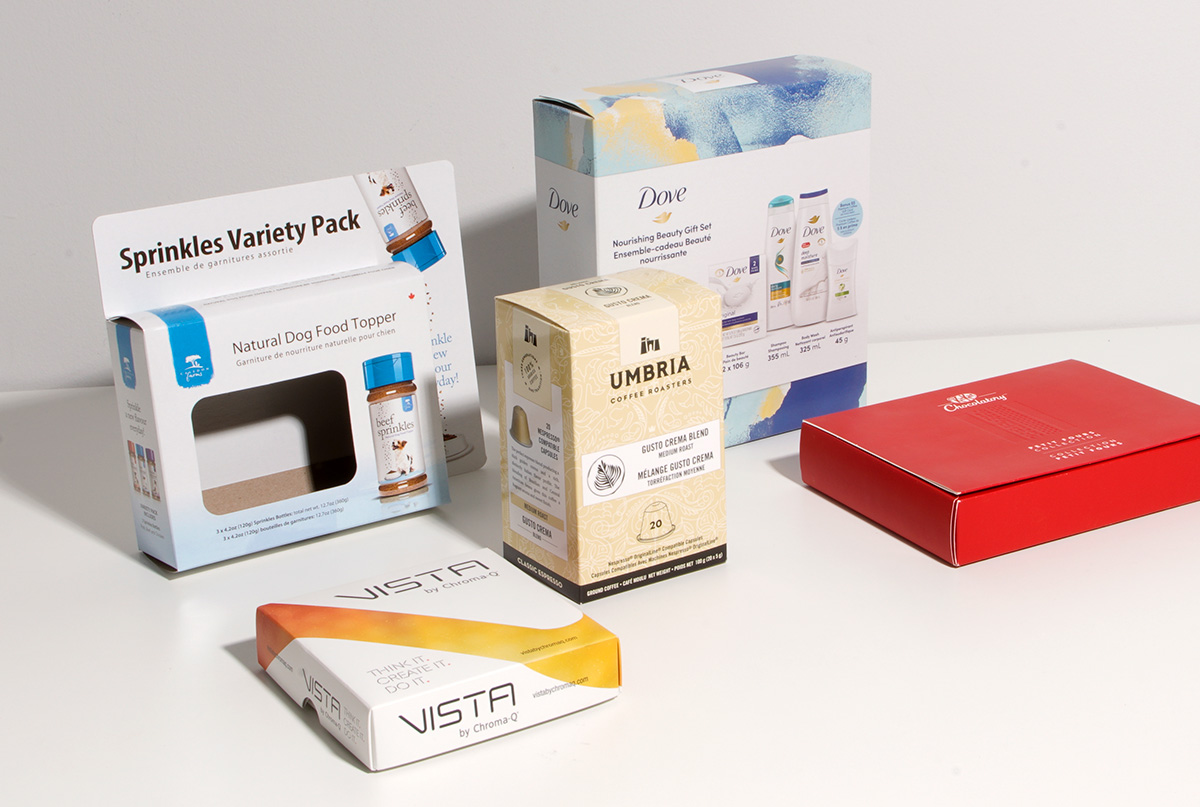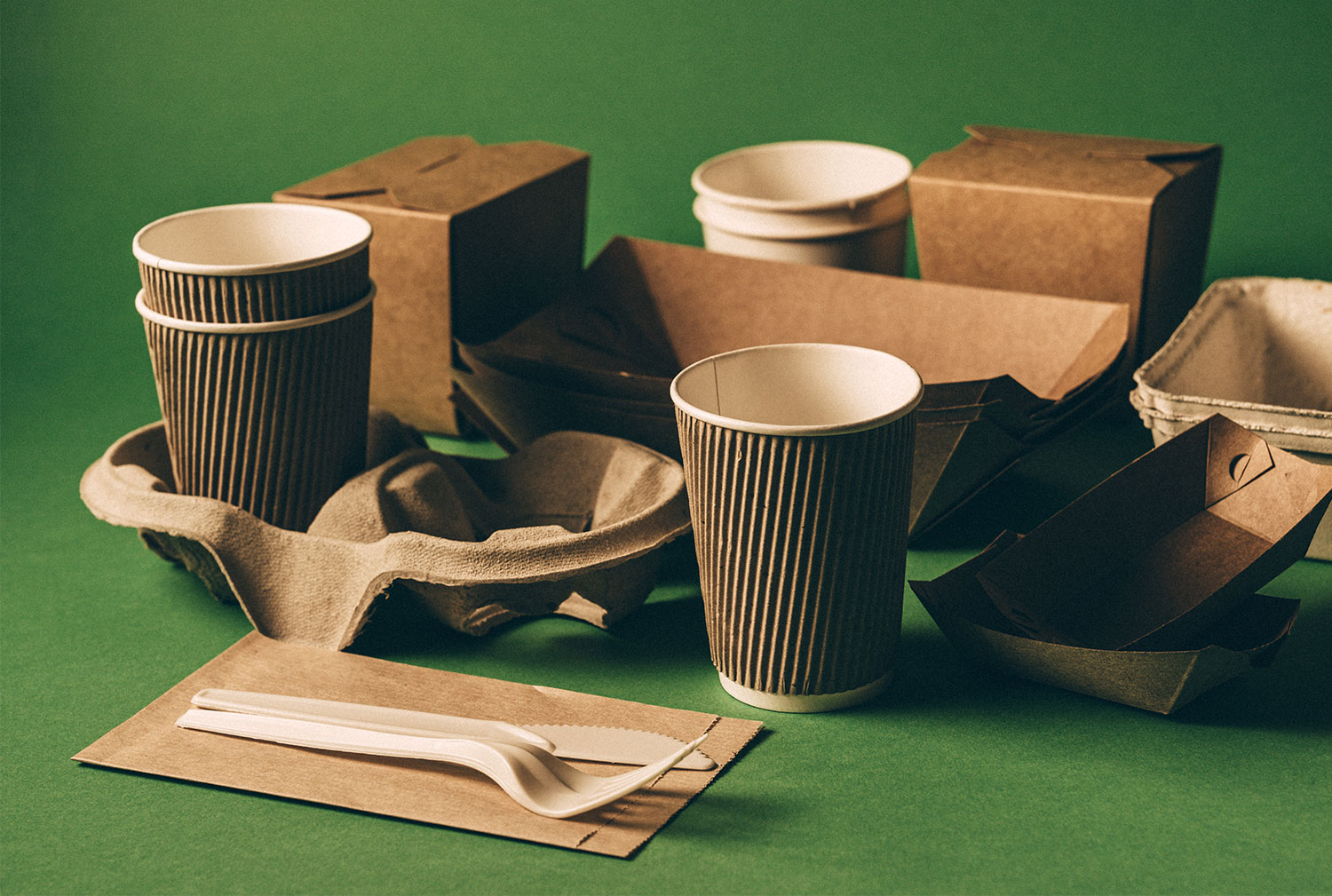Every business owner knows that samples are an excellent way to promote a brand. When giving out samples, you want potential customers to love the product so much that they purchase the regular-sized version. Samples can also show customers that you care about them and want them to make informed decisions, especially if the samples are free. Depending on the size of the sample, you can even sell them as travel-size versions of your product.
As you plan your sample packaging, keep the following tips in mind.
Think About How You Will Use the Samples
Start by thinking about your plans for the samples. Are you going to include them as a freebie in online orders sent to customers? Are you going to get a counter display and set them up in your store or at another location? Will you take them to events? In many cases, the answer will be “all of the above.” The key here is to know your goals for your samples, as that will let you develop packaging that achieves those goals.
Choose Which Material to Use
Once you know how you plan to use the sample, it’s time to consider materials. In many cases, your sample packaging material will be the same as your typical product packaging material, but that is not always the case. The most popular materials include cardboard, glass, plastic, and metal.
When choosing the material, think about materials that can provide optimum protection for our products. Balance those considerations with the need to reduce cost and weight. Some product samples will do best with paper pillow boxes, while others will require glass vials or plastic jars.
Decide on the Size and Shape
Next, consider the size and shape of the packaging you need for your sample. The biggest deciding factor here will be how much of your product you want to include in the sample. This is why it is so important to know how you will use the sample. If you want it to double as a travel-size version of your product, choose a size that has enough product to be useful but is still small enough to go in a carry-on bag.
When it comes to shape, a common option is to just use the same packaging shape you would for full-size packaging. But you can also choose another shape that works with your brand image or your customers’ needs.
Ensure It Represents Your Brand
Throughout the entire process, make sure that your sample packaging accurately reflects your brand identity. You can go all out and give it the same styling, colors, and text as your full-size product but on a smaller scale. Or you can keep it minimal, but still use your brand colors and font. The key is to ensure the packaging fits the rest of your branding.
Conclusion
With the right packaging, your product samples will fit the style of your full-sized products. Your samples should provide enough product that your customers can use while still being small enough to potentially be travel-friendly. Keep the goals of your samples and the needs of your customers in mind as you plan, and you should be on the path to success.




